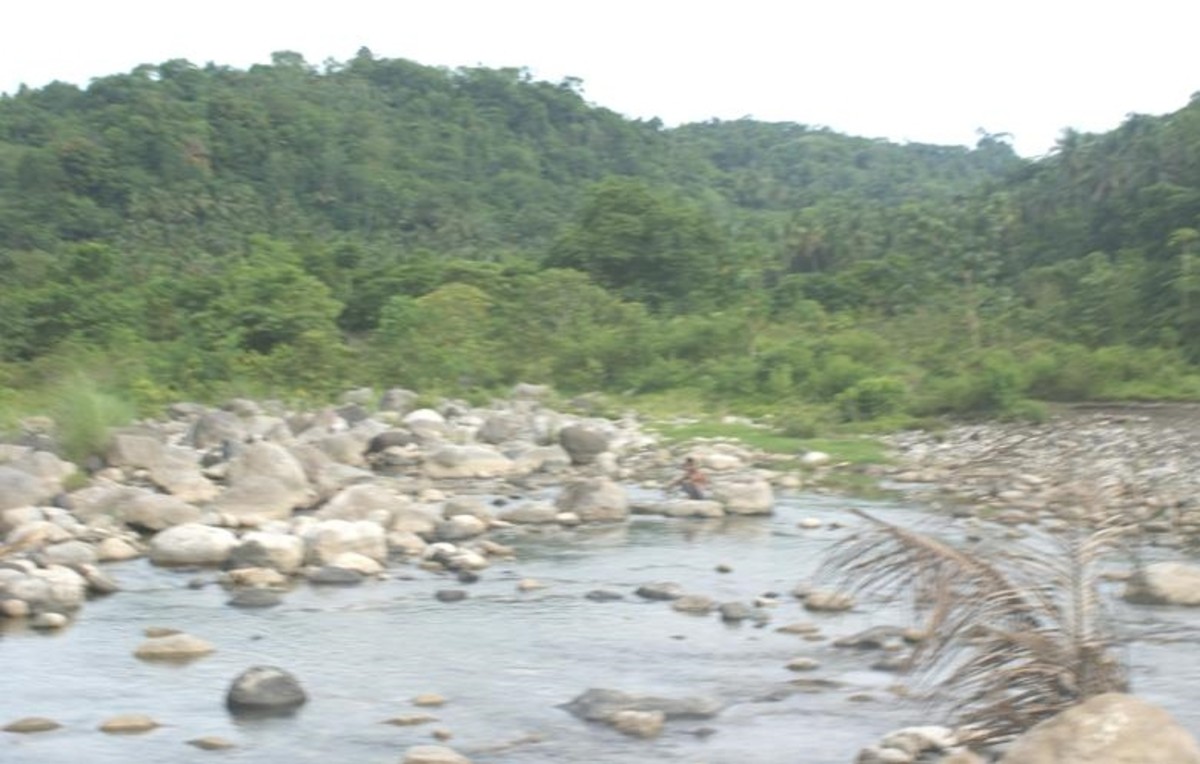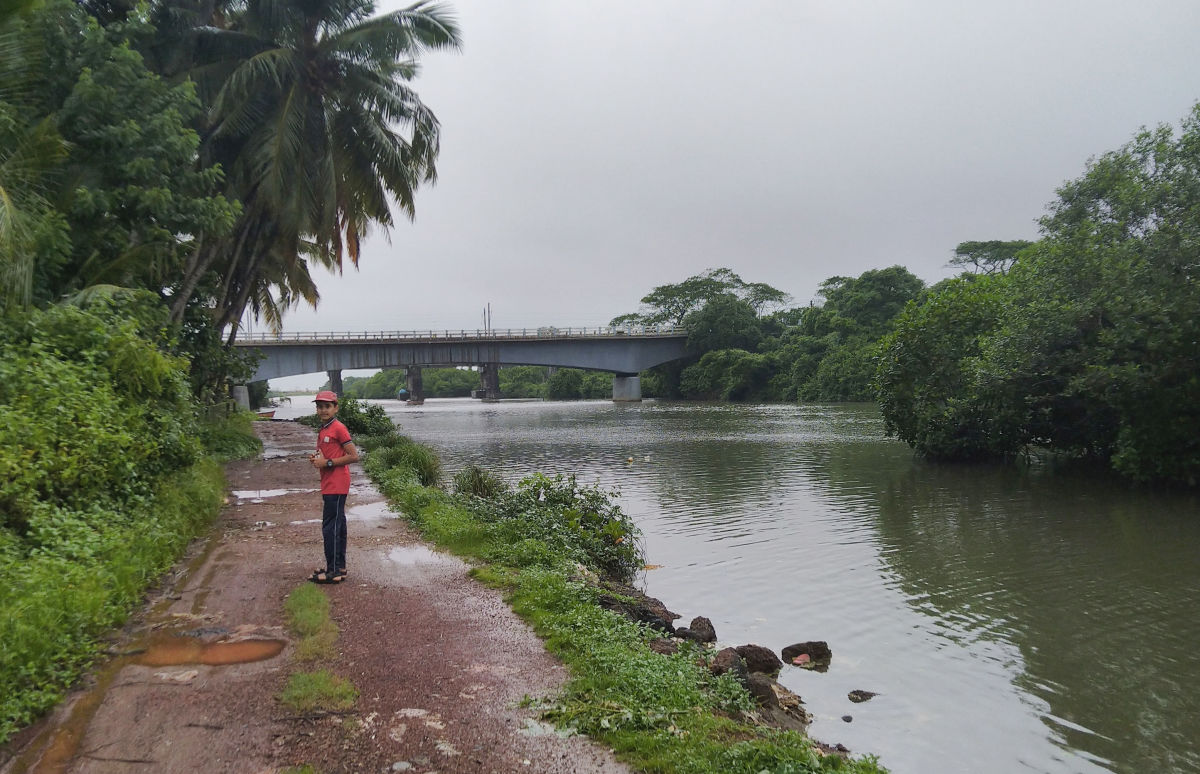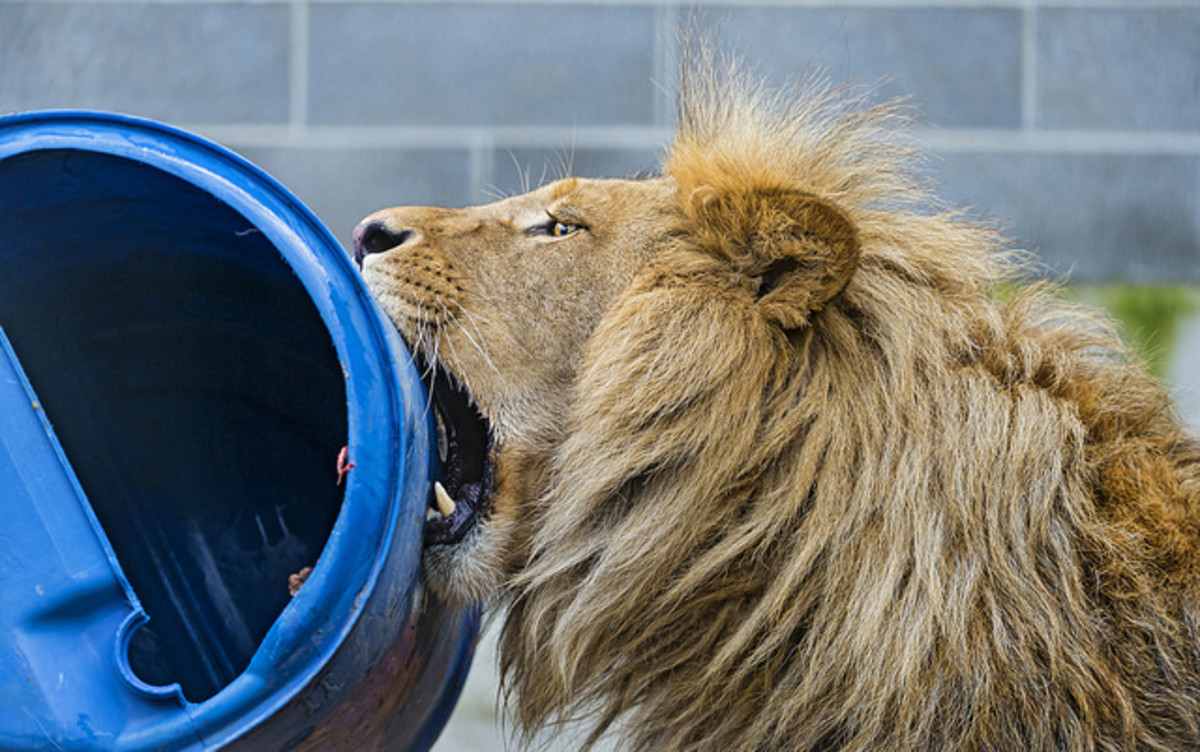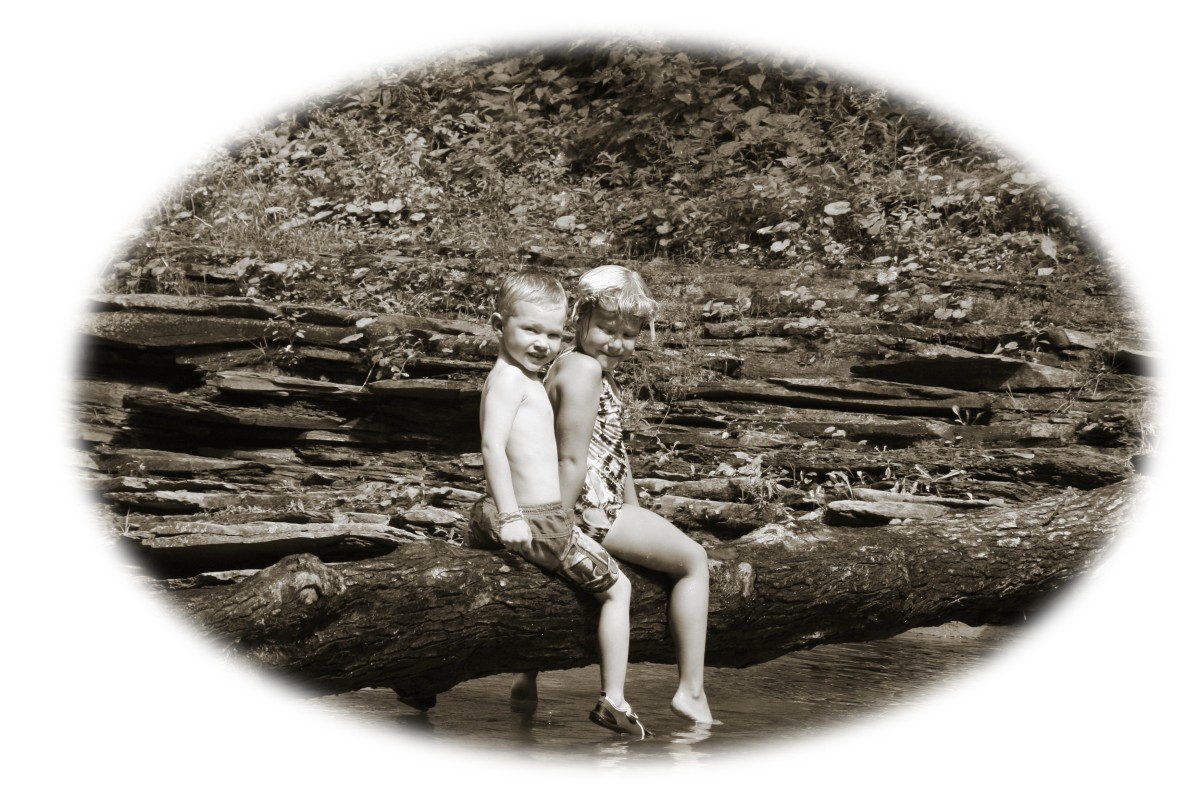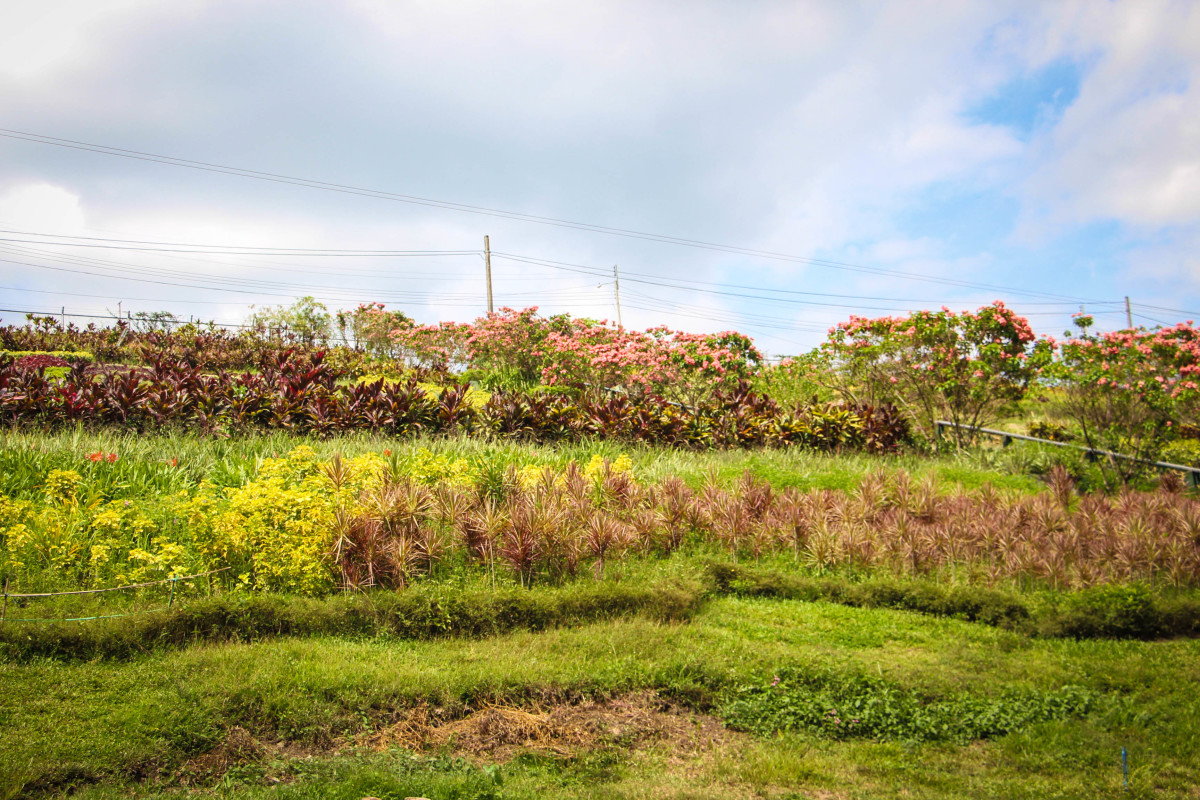Ecotourism, The Right Way to Explore Nature.
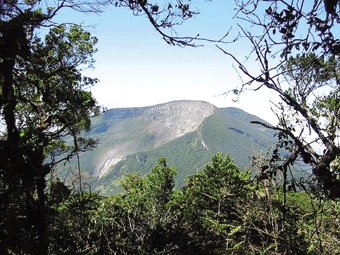
Objectives of Ecotourism.
Ecotourism or Ecological Tourism, is a travel to an area (usually protected ) which has some natural attractions, like flora, fauna, ecosystem and cultures.There are some objectives of ecotourism :
1. To educate people on the importance of nature conservation.
2. To raise funds needed for conservation activities.
3. To benefit local people's social-economic activities.
4. To support tourism sector in the country/area.
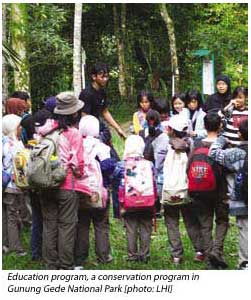
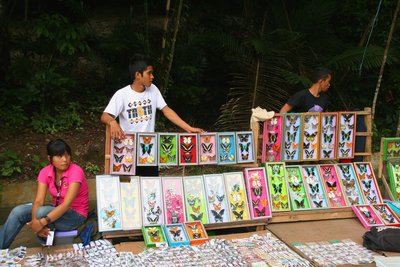
Ecotourism for Education
Ecotourism plays important roles in education. The output/result of educating people about nature conservation will determine the success of conservation itself in the future.
Ecotourism has some educative aspects that enable people to learn about nature in fun, attractive ways.
They can get more information about endangered, endemic species, learn about biodiversity, taxonomy (the science of classifying organisms), etc, right on the spot.
Where Can We Enjoy Ecotourism ?
There are some conservation areas where ecotourism is usually offered :
1. National Park
National Park is a conservation area which has pristine ecosystem.This area is protected from human development and pollution.
Some attractive sides that we can enjoy in a National Park :
- Unique flora, fauna, and ecosystem including its original natural phenomena.
- It has one or more complete ecosystem
-. It's original and prestine nature.
Some Famous National Parks in the world :
Ujung Kulon NP (Indonesia).
Komodo Island NP (Indonesia)
Yosemite NP (USA)
Yellow Stone NP (USA)
Rocky Mountain NP (Canada)
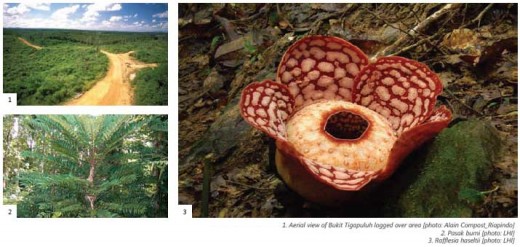
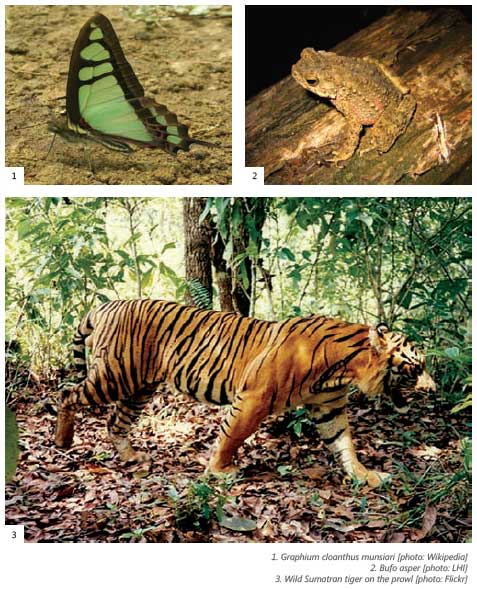
2. Wildlife Sanctuary
Wildlife sanctuary or Wildlife refuge is a reserve territory for the conservation of its biodiversity and unique fauna so that the protected species are free from hunting, predation, competition, etc. Attractions of a Wildlife Sanctuary are :
- Habitat and breeding place of animals conserved.
-Habitat of rare or endangered species
-Has high animal population and diversity.
-Habitat of certain migratory species.
3. Nature Recreation Park
Nature Recreation Park is also a conservation area which is mainly used for tourism and nature recreation. This area is attractive due to its flora and fauna living in the area besides its ecosystem, natural phenomena and geological formation.
NRP are located in some places in Indonesia, like Sibolangit (Sumatera), Mt. Papandayan (West Java), Kawah Ijen (East Java), Gili trawangan (West Nusa Tenggara).
4. Grand Forest Park
This is another area for enjoying ecotourism due to its attractive native, exotic flora and fauna which live in their original or modified ecosystem. Grand Forest Park also has attraction in Its natural beauty and nature phenomena .
Some Dos and Don'ts when Travelling to Ecotourism Areas.
There some regulations that traveler must obey when traveling to a conservation area :
1. Buy tickets, since funds raised from ticket selling are used for the conservation expenses.
2. Get permit from the conservation authority if you plan to climb mountain in the area or if you need access to deeply explore the area, especially if it takes more than one day.
3. Taking pets is normally not allowed.
4. Don't bring guns, knives, detergent or other polluting materials.
5. No radio,nor other interfering electronics. The use of handy talky needs special permit from the conservation authority.
6. No bonfire or campfire, they potentially cause forest fire.
7. No vandalism on trees and rocks.
8. No picking flowers and other plants.
9. Use available /provided tracks, don't make new tracks or shortcuts since this will endanger you and other travelers/trackers/climbers.
10. No littering. All trash/garbage must be cleaned and brought back by all travelers, trackers, and climbers. Help pick up trash which is left behind by other travelers too.
11. No soaps and shampoo when taking a bath. They pollute environment, especially water.
12. Report to park's authority before leaving the area.
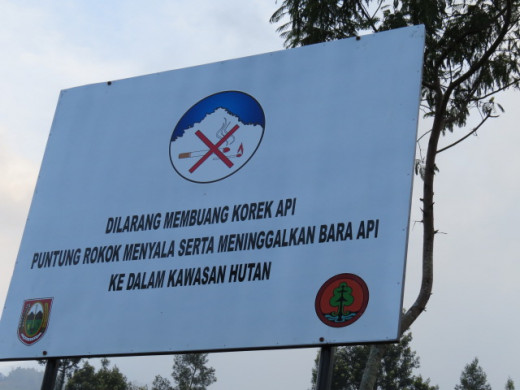
Some Basic Equipment
Some basic equipment you may need before joining nature exploration :
Hiking shoes which better protect your ankles and have good sole grip.
Wear comfortable clothes, a jacket and a hat may also be very useful. If you plan to spend the night, bring a bivouac or a tent, some water resistant clothes, thick socks, sweater, sleeping bag, flashlight, and over-the-counter medicines or remedies for your personal illnesses.
Bring sufficient food (with some candies may be OK too), fresh water and (non alcohol) drinks.
In a mountain climbing activity it is advisable that you join a group of more than three, one of the members should have more expertise in climbing.
Last but not least, bring a plastic or paper bag with you just for collecting thrash you make and dumb it at appropriate garbage dumb provided. As a true nature aficionado of course you won't leave the place messy with polluting rubbish.
3 Wise Sayings that I love to love nature in very easy, practical ways :
- Take nothing, but pictures
- Kill nothing, but times
- Leave nothing, but foot-prints

